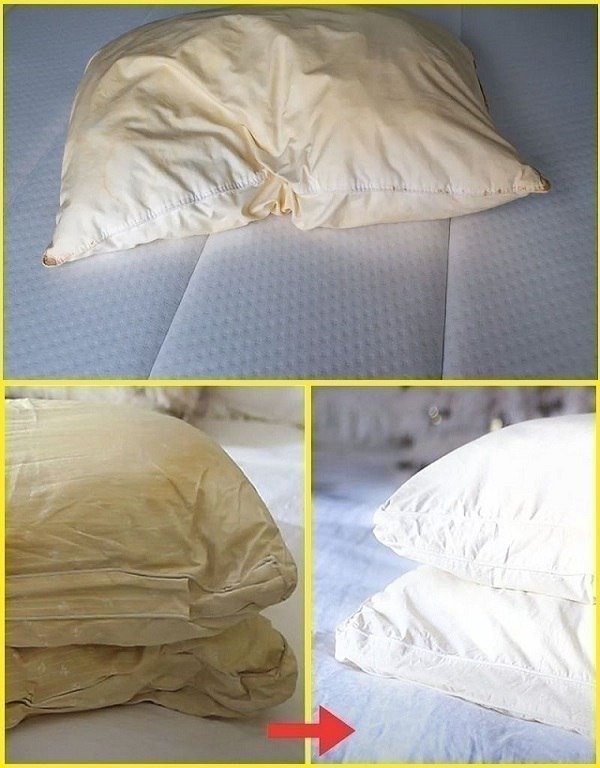Over time, pillows can become yellowed and stained, even when protected by pillowcases. Nightly exposure to sweat, body oils, dust, and dead skin cells can accumulate, making pillows a breeding ground for allergens. For those with allergies or sensitive skin, keeping pillows clean is essential for a restful night’s sleep and overall comfort. The right cleaning routine can restore both whiteness and freshness.
Before washing, always check the care label. Most synthetic and down pillows are machine-washable, while memory foam or latex pillows usually need spot cleaning or hand washing. Washing two pillows at a time helps maintain balance in the machine, preventing damage. Use a gentle cycle with warm water and a mild detergent, avoiding bleach, which can weaken pillow fibers and irritate skin.
Stains can be treated with natural solutions. A baking soda paste applied to yellowed areas works well, left to sit for about 30 minutes before washing. White vinegar mixed with water is another effective method for breaking down oils and residue. Pre-treating stains ensures a cleaner, brighter pillow without harsh chemicals.
Drying properly is crucial to prevent mold or clumping. Use a low-heat dryer setting and add dryer balls or clean tennis balls to help fluff the pillows evenly. Make sure they are completely dry before returning them to the bed. Regular pillow cleaning not only extends their lifespan but also contributes to a healthier, fresher sleeping environment, keeping your bed inviting and comfortable night after night.
